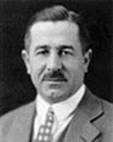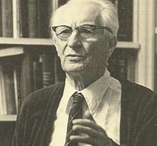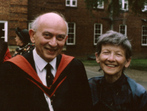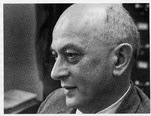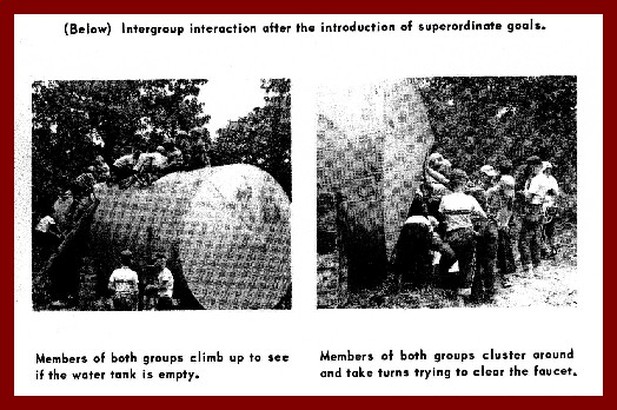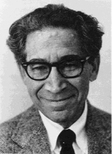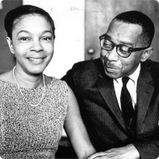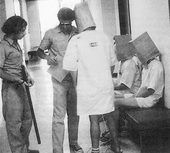|
|
|
|
|
|
Floyd H. Allport
(1890-1971) |
|
|
Fritz Heider
(1896 – 1988)
|
|
|
Herbert Blumer
(1900 – 1987)
|
|
|
Solomon Asch
(1907 – 1996) |
|
|
Muzafer Sherif
(1906-1988) |
|
|
Carolyn Sherif
(1922 – 1982) |
|
|
Leon Festinger
(1919-1989) |
|
|
Henri Tajfel
(1919-1982) |
|
|
Albert Bandura
1925 - |
|
|
Kenneth Bancroft Clark
1914 - 2005 Mamie Phipps Clark 1917 - 1983 |
|
|
Stanley Milgram
(1933-1984) |
|
|
Philip Zimbardo
(1933 — )
|
|
|
Thomas Pettigrew
|
|
Serge Moscovici
|
|
Elliot Aronson
|
|

